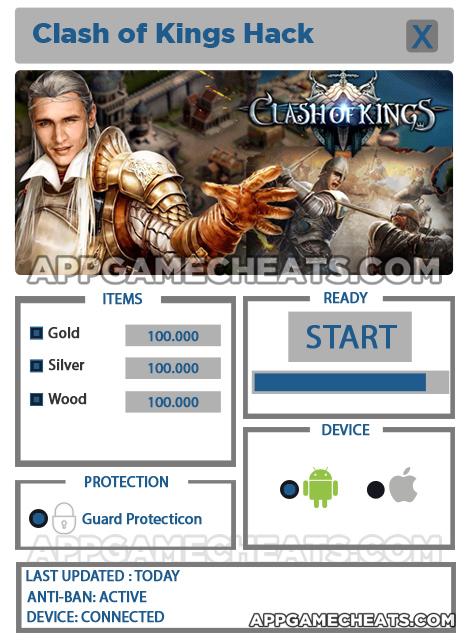All the parts we have mentioned before are useless compared to this particular one. For here, we are going to learn the basis of combat between eighteenth century and twentieth century. This basis, consists of one core unit and few other side units which are almost as important as that core unit. The artillery, and all sorts of it. As the great emperor of Prussia, Friedrich says, artillery adds dignity to what is otherwise a meaningless brawl. And as the slogan of whole Napoleon Total War game, let the cannons speak. Then we are all of course contend that artillery is maybe the most important part of the battle, who wins all of the battle. So we will be talking about this particular type on more than one topic, unlike we did for all other unit types, which consisted way lesser parts of the total warfare. So let us start with comparison to these cannons to previous cannons in various total war games.
In previous total war games, especially in empire total war, artillery units, as in cannons were almost completely useless. In addition to the annoying fact that they miss all the time, the cannons did almost no damage to the infantry, even when the cannonballs fell right into the enemy formations. Only the carnister shots were of some use and they could not be fired in what is otherwise a meter beyond the artillery. In medieval total war, however useless than they should be, they were, ridiculously practical. As we know, the medieval cannons, those which were used between 1400 to 1600, were intensely big in size, and could not be rotated easily in battles. It required great deal of effort and time to rotate the cannons to certain place, that even occasionally, there were battles that was won without the cannons were moved in proper site. Also that they needed to cool off before being used over again, which took approximately close to half an hour for each cannon. Even we consider that these battles are just in short, a brief simulation of what happened, ten seconds from almost half an hour is kind of a great change. Plus, rotation of the cannons were so easy as if they were muzzle loaded muskets. And also that, the main reason of the medieval cannons being so heavy and so lodge, the size of them, were so decreased, and their fire power as well, decreased such accordingly. So even that you could fire dozens of cannonballs into the enemy ranks, not much of them really died. And, the cannon turret things were especially a source of fun. They fired cannonballs that only knocked the enemy back. After that, the enemy soldiers were standing up again and continuing their march on the gates. A cannonball of that size, even when thrown by a man from the walls, could crack open a heavily armed man's head. Imagine the damage they would deal upon being fired from a cannon, and directly hitting a soldier. Which soldier could get up and continue to fight?






 Guess The 60s All Level Answers
Guess The 60s All Level Answers Football Quiz Level 91-100 Solutions and Answers
Football Quiz Level 91-100 Solutions and Answers Guess The Icon Answers All Levels
Guess The Icon Answers All Levels The complete Micromon monster list and database - Part 4 (Micromon 92-121)
The complete Micromon monster list and database - Part 4 (Micromon 92-121) Clash of Kings Hack for Gold, Silver & Wood - AppGameCheats.com
Clash of Kings Hack for Gold, Silver & Wood - AppGameCheats.com